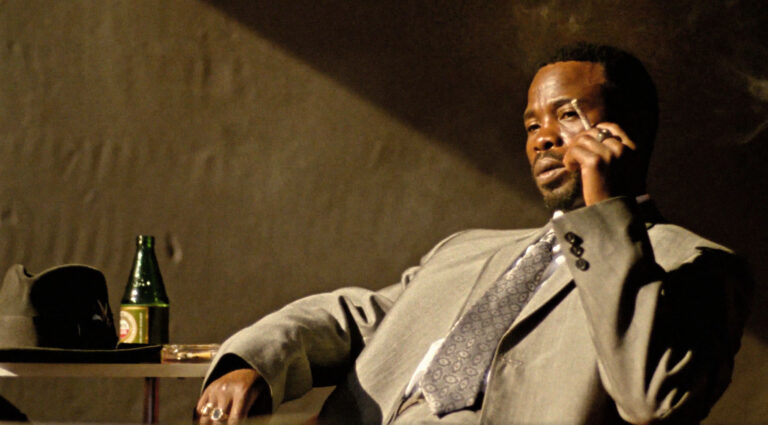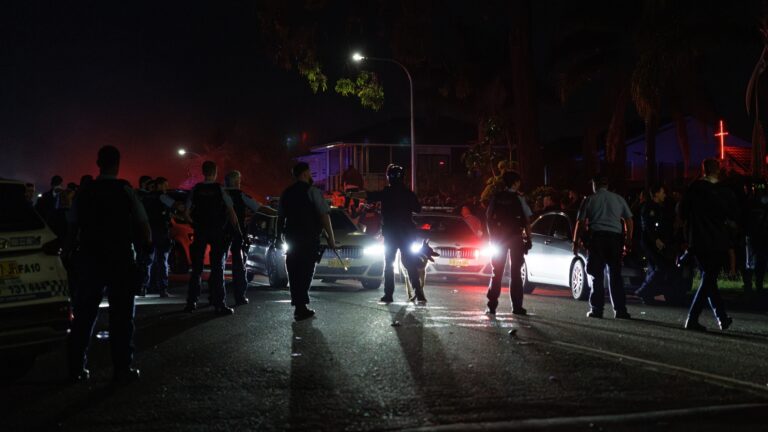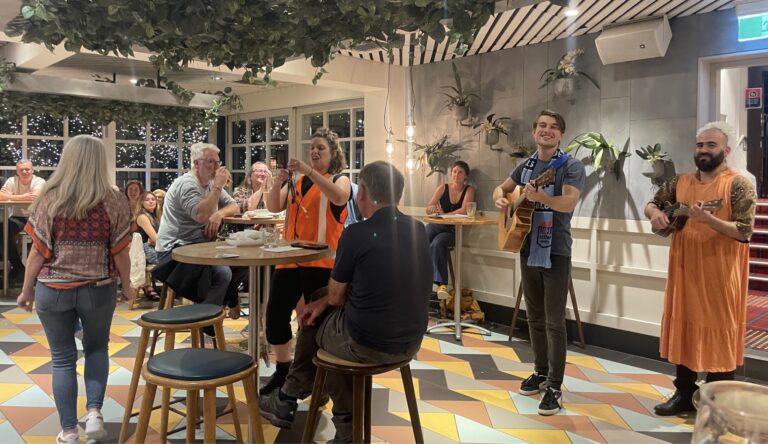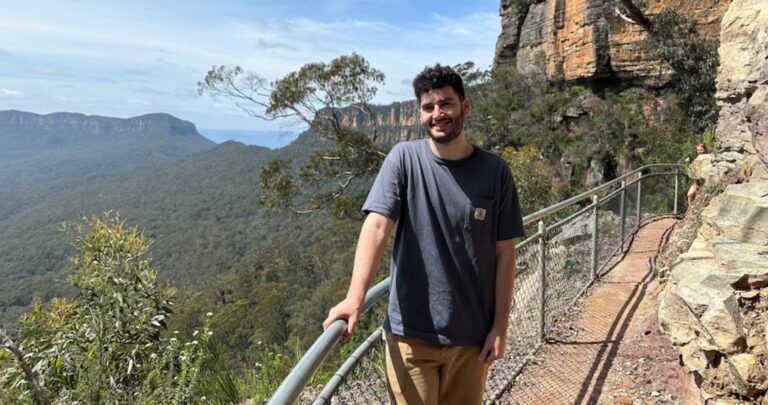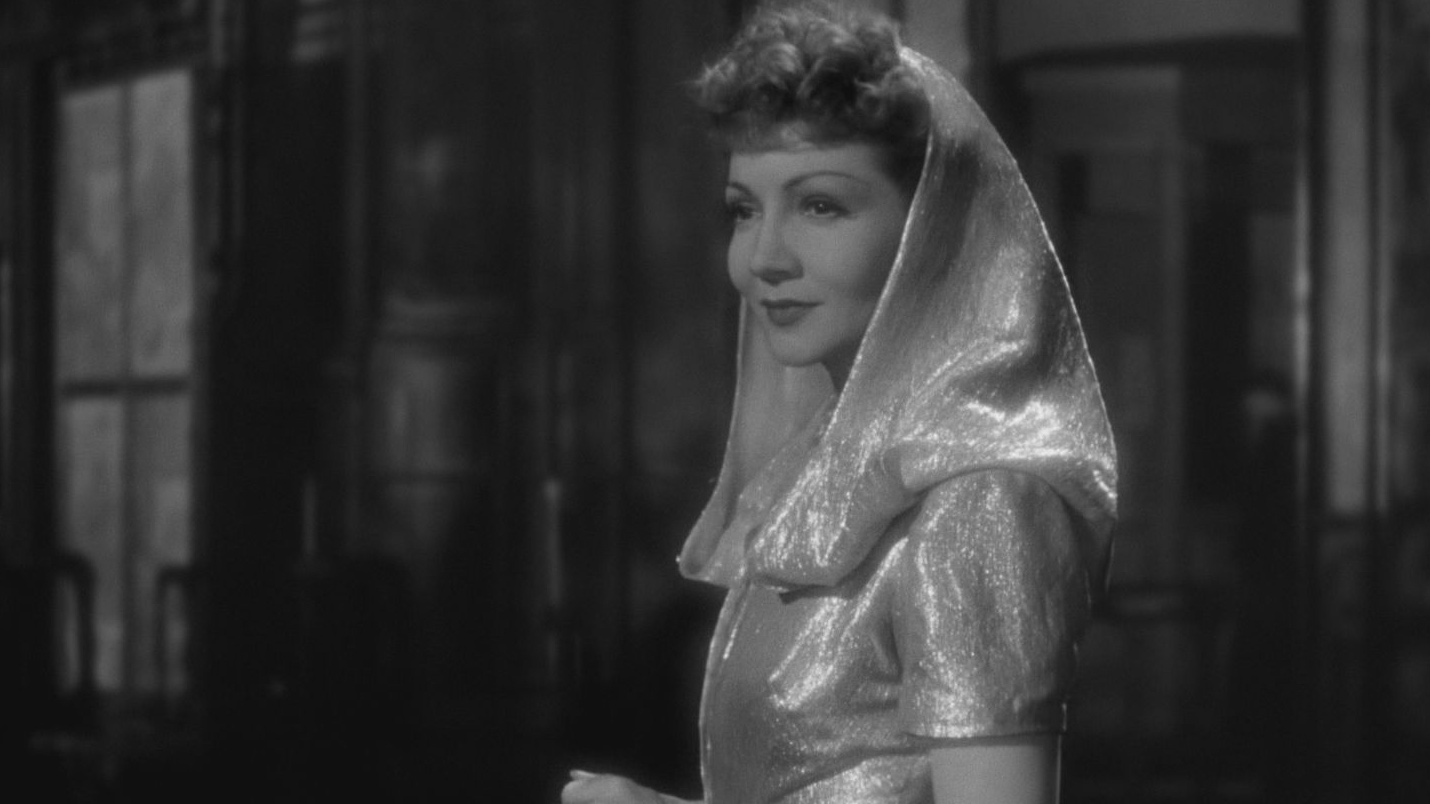
Sound art scores in Performance Space festival

You may think you’ve seen everything that Sydney’s festival scene has to offer – but according to Performance Space artistic director Jeff Khan, you haven’t seen anything like Score. “We were noticing a really amazing community of contemporary dance-makers in New South Wales, but no dedicated platform that celebrates them,” he explains. “We thought it would be interesting to bring them together with sound and music. Looking at the commonalities they share in terms of the way they score their works… that was the genesis of the idea.”
Score celebrates dance and sound art – and no, that’s not the same thing as music. “It’s a blurry line and the definition isn’t watertight,” admits Khan. “Sound artists are more interested in the particular composition in a traditional scoring system [and] in the textural or immersive quality of sound. They use sound almost like a material, like a sculptor would use plaster.”
Gail Priest is one of the contributing authors of Experimental Music: Audio Explorations in Australia and is also one of the forces behind a show being presented at Score; entitled One Thing Follows Another… The show involves Priest’s sound art, combined with dance, a clock ticking down the time, and constant creation in a variety of mediums, some mundane and some magnificent, “all with the intention of enhancing the audience experience of time passing,” Kahn says.
Priest herself sees sound art as “more installation based,” and considers herself a sound artist, simply because she doesn’t feel comfortable calling herself a composer. “I came from laptop-based compositions and from being a singer-songwriter in the ‘90s. I say that I make sound because I want people to experience [sound] differently, and differ from what people expect – a melody that they can follow and a particular rhythm and sequence. I wouldn’t exactly call what we are doing sound art,” she goes on, “but I am doing sound based things that go with dance. I am quite a musical sound artist in that I do use melody and rhythms.”
That is not to say, however, that all sound art contains the building blocks of what we consider to be traditional music – recognisable time signatures, melody, chord progressions, and rhythm. In fact, often it contains just the opposite. Priest exemplifies this by bringing up the case of John Cage, whose art and approach to the act of creation is the inspiration behind One Thing Follows Another…
“John Cage was an American who opened up the idea that any sound could be music,” Priest explains. “He opened up the palate. Where people expected instruments, he said the static on the radio could be made into composition, or the sounds outside your window. He really blew apart people’s expectations and that had influence in Australia.”
One Thing Follows Another… makes use of one of Cage’s artistic manifestos, which suggests that: “Anything can follow anything else providing nothing is taken as the basis.”
This exemplifies his idea that music – and therefore art – could be found in any sound, anywhere.
The show also draws inspiration from the Fluxus movement, which is often described as “anti-art and anti-commercialist”, emphasising artist-centred creative practice over market-based artistic creation, as well as the 1960s avant-garde movement, both of which saw sound art grow and develop.
The timeliness of Score’s emphasis on sound art is likely to resonate with audiences, as it seems that non-traditional creative methods are having something of a modern resurgence. Priest agrees that, in this digital age, creating music in new and innovative ways is becoming more prevalent – just look at the rise of Skrillex, Flume, and their masses of contemporaries, hitting the ball out of the park on mainstream music charts.
“I suppose it’s just the way everyone makes music now, on laptops” she muses. “Even a pop vocalist will have production done on laptops. There used to be a whole genre of electronica that was purely laptop-based but now that bleeds into whole aspects of contemporary music making… those tools are so available now, and the software is infinitely cheaper. It’s like picking up a guitar for a lot of young people.”
Indeed, with sound art and alternative methods of music-making increasingly finding their way into the mainstream, audiences may leave Score finding themselves understanding the concept of creation – and of what constitutes dance or music – a little differently.
“I hope they’ll be inspired by the breadth and depth of sound and dance work in Australia,” says Khan, “and I hope that they’ll… really embrace this kind of risky work that they might not have felt comfortable with at the start. It is actually very accessible and open.” (SW)
Aug 1-Sep 7, Carriageworks, 245 Wilson St, Eveleigh, free-$35, performancespace.com.au/score (02 8571 9111)
BY SIRI WILLIAMS
